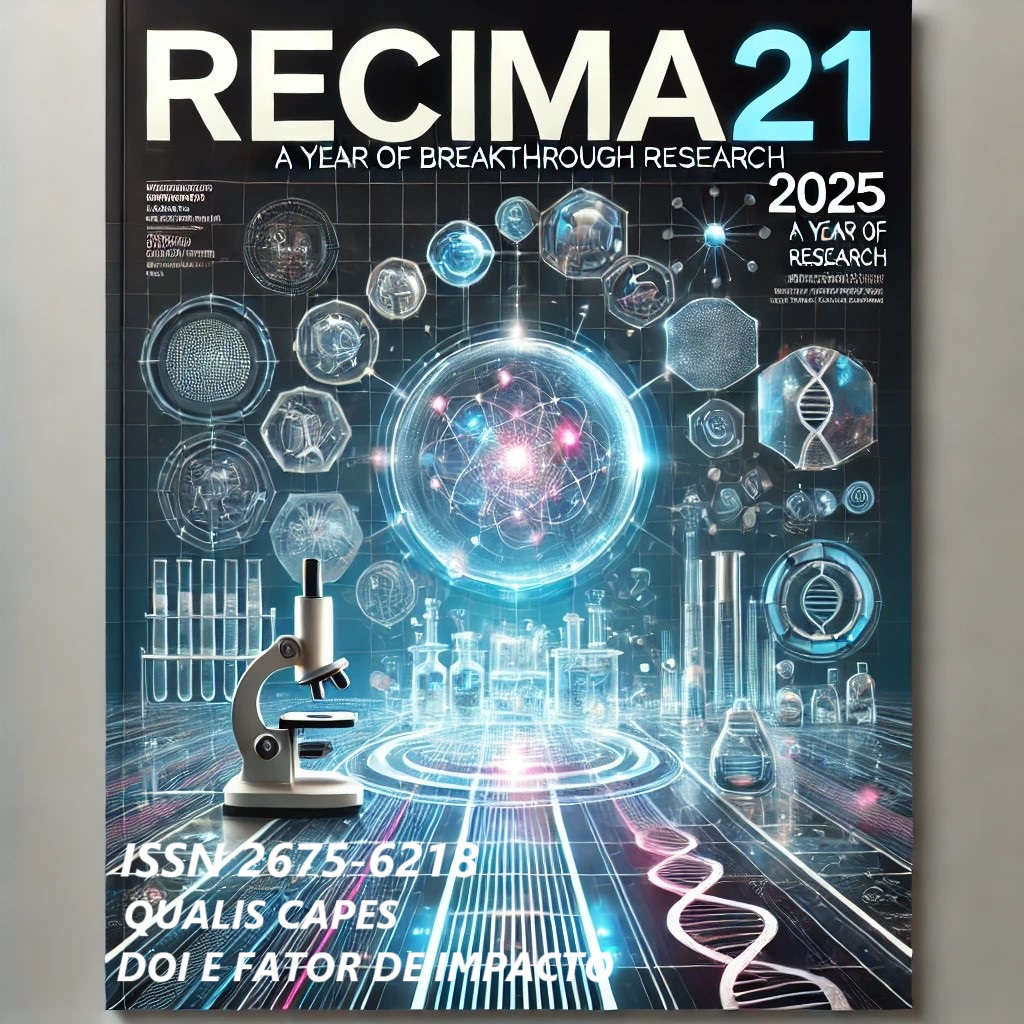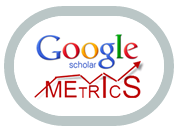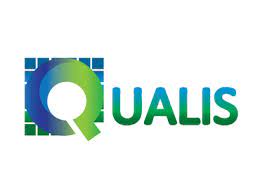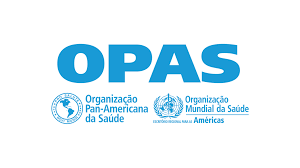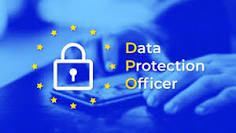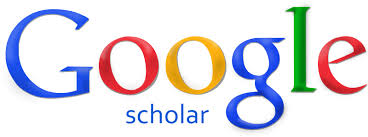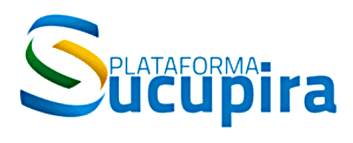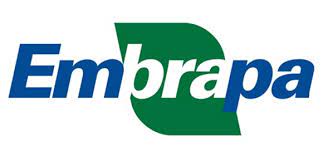PRÁCTICAS DE ELIMINACIÓN DE AMALGAMA DENTAL: UNA REVISIÓN DE ALCANCE
DOI:
https://doi.org/10.47820/recima21.v6i10.6827Palabras clave:
: Amalgama dental. Gestión de residuos. Clínicas odontológicas. Residuos médicos.Resumen
La amalgama dental es considerada un material odontológico peligroso, ya que puede afectar tanto al medio ambiente como a la salud de los profesionales del área. Este estudio analizó las prácticas de eliminación de la amalgama dental en los últimos 10 años (2014-2024). Para ello, se utilizó el método PRISMA 2020 y la base de datos PubMed, lo que resultó en una muestra final de 10 artículos adecuados para el análisis. Las lagunas de conocimiento sobre el tema se organizaron en tres ejes: eliminación de residuos y exposición ocupacional, gestión de residuos odontológicos y desafíos regionales, y el futuro de la odontología sostenible. Entre los factores que influyen en la elección del material se destacan su durabilidad, el bajo costo y la experiencia del profesional. Un punto relevante identificado fue la falta de conocimiento de los profesionales respecto a la toxicidad de la amalgama, especialmente en lo que se refiere a la eliminación y a la exposición correctas, que muchas veces no se realizan de manera adecuada.
Descargas
Referencias
ANUSAVICE, K. J. Phillips’ Science of Dental Materials. 12th ed. St. Louis: Elsevier, 2013
BATES, M. N. Mercury amalgam dental fillings: An epidemiologic assessment. Int J Hyg Environ Health, v. 209, n. 4, p. 309-316, 2006. https://doi.org/10.1016/j.ijheh.2005.11.006 DOI: https://doi.org/10.1016/j.ijheh.2005.11.006
CATALDI, M. E.; Al RAKAYAN, S.; ARCURI, C.; CONDÒ, R. Dental unit wastewater, a current environmental problem: A systematic review. Oral Implantol (Rome), v. 10, n. 4, p. 354-359, 2017. https://doi.org/10.11138/orl/2017.10.4.354 DOI: https://doi.org/10.11138/orl/2017.10.4.354
CHAKRABORTY, S.; SAHA, A. K. Mean aggregation operators for selecting optimal health care waste treatment technology. Engineering Applications of Artificial Intelligence, v. 119, 105752, 2023. https://doi.org/10.1016/j.engappai.2022.105752 DOI: https://doi.org/10.1016/j.engappai.2022.105752
DANAEI, M.; KARIMZADEH, P.; MOMENI, M.; PALENIK, C. J.; NAYEBI, M.; KESHAVARZI, V.; ASKARIAN, M. The management of dental waste in dental offices and clinics in Shiraz, Southern Iran. Int J Occup Environ Med, v. 5, n. 1, p. 18-23, 2014.
DIAZ, L. F.; SAVAGE, G. M.; EGGERTH, L. L. Alternatives for the treatment and disposal of healthcare wastes in developing countries. Waste Management, v. 25, n. 6, p. 626-637, 2005. https://doi.org/10.1016/j.wasman.2005.01.005. DOI: https://doi.org/10.1016/j.wasman.2005.01.005
JAMIL, N.; BAQAR, M.; ILYAS, S.; QADIR, A.; ARSLAN, M.; SALMAN, M.; AHSAN, N.; ZAHID, H. Use of Mercury in Dental Silver Amalgam: An Occupational and Environmental Assessment. Biomed Res Int, 6126385, 2016. https://doi.org/10.1155/2016/6126385. DOI: https://doi.org/10.1155/2016/6126385
JESUS, L. F.; MARINHA, M. S.; MOREIRA, F. R. Amálgama dentário: fonte de contaminação por mercúrio para a Odontologia e para o meio ambiente. Cad. Saúde Colet, v. 18, n. 4, p. 509-15, 2010.
JIRAU-COLÓN, H.; GONZÁLEZ-PARRILLA, L.; MARTINEZ-JIMÉNEZ, J.; ADAM, W.; JIMÉNEZ-VELEZ, B. Rethinking the dental amalgam dilemma: An integrated toxicological approach. Int J Environ Res Public Health, v. 16, n. 6, 1036, 2019. https://doi.org/10.3390/ijerph16061036. DOI: https://doi.org/10.3390/ijerph16061036
KHAN, S.; KHALID, N.; BAJWA, O. QAMAR, T.; KAZMI, A.; Tariq, A. Amalgam phase-out, an environmental safety concern: A cross-sectional study among general dental practitioners in Pakistan. East Mediterr Health J, v. 28, n. 1, p. 69-73, 2022. https://doi.org/10.26719/emhj.21.068. DOI: https://doi.org/10.26719/emhj.21.068
MACKEY, T. K.; CONTRERAS, J. T.; LIANG, B. A. The Minamata Convention on Mercury: Attempting to address the global controversy of dental amalgam use and mercury waste disposal. Science of the Total Environment, v. 472, p. 125-129, 2022. https://doi.org/10.1016/j.scitotenv.2013.10.115. DOI: https://doi.org/10.1016/j.scitotenv.2013.10.115
MAKANJUOLA, J. O.; EKOWMENHENHEN, U. I.; ENONE, L. L.; UMESI, D. C.; OGUNDANA, O. M.; AROTIBA, G. T. Mercury hygiene and biomedical waste management practices among dental healthcare personnel in public hospitals in Lagos State, Nigeria. Afr Health Sci, v. 21, n. 1, p. 457-469, 2021. https://doi.org/10.4314/ahs.v21i1.56. DOI: https://doi.org/10.4314/ahs.v21i1.56
MOMENI, H.; TABATABAEI Fard, S. F.; AREFINEJAD, A.; AFZALI, A.; TALEBI, F.; RAHMANPOUR Salmani, E.mComposition, production rate, and management of dental solid waste in 2017 in Birjand, Iran. Int J Occup Environ Med, v. 9, n. 1, p. 52-60, 2018. https://doi.org/10.15171/ijoem.2018.1203. DOI: https://doi.org/10.15171/ijoem.2018.1203
MULLIGAN, S.; KAKONYI, G.; MOHARAMZADEH, K.; et al. The environmental impact of dental amalgam and resin-based composite materials. Br Dent J, v. 224, p. 542-548, 2018. https://doi.org/10.1038/sj.bdj.2018.229. DOI: https://doi.org/10.1038/sj.bdj.2018.229
OZBÉK, M.; SANIN, F. D. A study of the dental solid waste produced in a school of dentistry in Turkey. Waste Management, v. 24, n. 4, p. 339-345, 2004. https://doi.org/10.1016/j.wasman.2003.08.002. DOI: https://doi.org/10.1016/j.wasman.2003.08.002
PAGE, M. J.; MCKENZIE, J. E.; BOSSUYT, P. M.; BOUTRON, I.; HOFFMANN, T. C.; MULROW, C. D.; Moher, D. The PRISMA 2020 statement: An updated guideline for reporting systematic reviews. BMJ, v. 372, 2021. https://doi.org/10.1136/bmj.n71. DOI: https://doi.org/10.1136/bmj.n71
PATIL, A. D.; SHEKDAR, A. V. Health-care waste management in India. Journal of Environmental Management, v. 63, n. 2, p. 211-220, 2001. https://doi.org/10.1006/jema.2001.0453. DOI: https://doi.org/10.1006/jema.2001.0453
RAMESH, K. K.; RAMESH, M.; KRISHNAN, R. Management and disposal of mercury and amalgam in the dental clinics of South India: A cross-sectional study. J Pharm Bioallied Sci, v. 11, Suppl 2, S151-S155, 2019. https://doi.org/10.4103/JPBS.JPBS_280_18. DOI: https://doi.org/10.4103/JPBS.JPBS_280_18
SANTOS, J. A. et al. Uso atual e futuro do amálgama dental. Oral Sciences, p. 11-17, 2017.
SINGH, R. D.; JUREL, S. K.; TRIPATHI, S.; AGRAWAL, K. K.; KUMARI, R. Mercury and other biomedical waste management practices among dental practitioners in India. Biomed Res Int, 272750, 2014. https://doi.org/10.1155/2014/272750. DOI: https://doi.org/10.1155/2014/272750
SJR – SICMAGO JOURNAL & COUNTRY RANK. Country Rankings. SJR, 2025. Available at: https://www.scimagojr.com/countryrank.php?area=3500#google_vignette.
SOOD, A. G.; SOOD, A. Dental perspective on biomedical waste and mercury management: A knowledge, attitude, and practice survey. Indian J Dent Res, v. 22, n. 3, p. 371-375, 2011. https://doi.org/10.4103/0970-9290.87055. DOI: https://doi.org/10.4103/0970-9290.87055
TAN, R.; NOBLE, M. A. Sharps utilization and disposal in British Columbia physicians' offices. Can J Public Health, v. 84, n. 1, p. 31-34, 1993.
VASTHARE, R.; BALLAL, N. V.; NAYAK, P. P.; KAMATH, P.; SINGLA, N.; HEGDE, T. Community social responsibility of continued and appropriate use of silver amalgam as dental restorative material in southern India: A cross-sectional study. F1000Research, v. 11, 1061, 2022. https://doi.org/10.12688/f1000research.122690.2. DOI: https://doi.org/10.12688/f1000research.122690.2
WHO - WORLD HEALTH ORGANIZATION. Health-care waste. [S. l.]: WHO, 2018. Available at https://www.who.int/news-room/fact-sheets/detail/health-care-waste.
ZIA, N.; DOSS, J. G.; JOHN, J.; PANEZAI, J. Sustainability in dentistry: Assessing knowledge, attitude, and practices of dental practitioners about green dentistry. Pak J Med Sci, v. 40, 1Part-I, p. 233-241, 2024. https://doi.org/10.12669/pjms.40.1.7606. DOI: https://doi.org/10.12669/pjms.40.1.7606
Descargas
Publicado
Licencia
Derechos de autor 2025 RECIMA21 - Revista Científica Multidisciplinar - ISSN 2675-6218

Esta obra está bajo una licencia internacional Creative Commons Atribución 4.0.
Os direitos autorais dos artigos/resenhas/TCCs publicados pertecem à revista RECIMA21, e seguem o padrão Creative Commons (CC BY 4.0), permitindo a cópia ou reprodução, desde que cite a fonte e respeite os direitos dos autores e contenham menção aos mesmos nos créditos. Toda e qualquer obra publicada na revista, seu conteúdo é de responsabilidade dos autores, cabendo a RECIMA21 apenas ser o veículo de divulgação, seguindo os padrões nacionais e internacionais de publicação.

